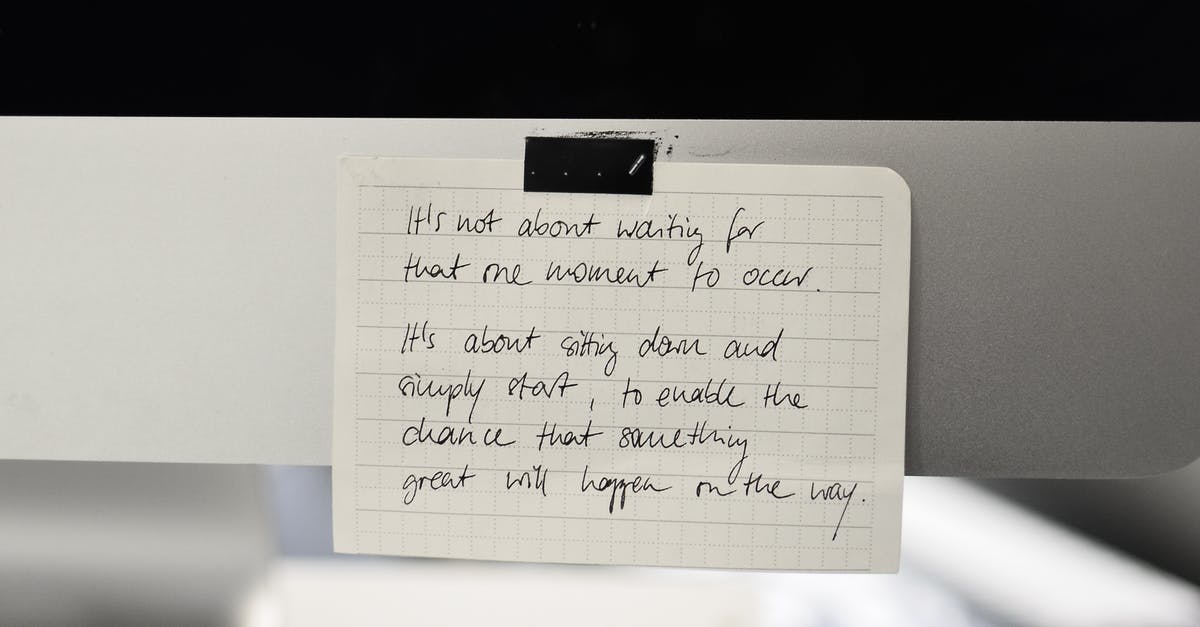What is the record word size for a gaming system?

Related: What does 8-bit / 16-bit actually refer to?
I remember the "bit wars" of the late 1980s and early 1990s. The Genesis/Mega Drive and the Turbografx-16 were heavily marketed as having twice as many "bits" as old-school Famicoms and such. A few years later, Atari returned with its monstrous "64 bit"!!1!11one Jaguar system which was pwned by the Nintendo 64 and Sony PlayStation.
Starting around 2000, word size seems to have faded out of the world of gaming marketing and criticism. It became all about having wowie-zowie immersive 3D graphics, raw bit count be damned. Without a spec sheet, I couldn't tell you how many bits a PlayStation 2, Xbox 360, or 3DS has, nor have I cared enough to check before buying one.
So, my question is, how high has word size actually gone in terms of gaming consoles? Was there ever a 128-bit console? 256? 512? 1024? How about a 2048-bit monstrosity? If I am dreaming of creating the world's first 4096-bit Mega Word Pwnage Rhinocerous9000 XL 2022, would that be a record or would I just be an also-ran in the lost Bit Wars?
To be clear, I'm not asking for a definition of or explanation of word size. I'm asking a historical question. I'm also not asking why word size is no longer prominent in marketing, but more interested in whether bit size continued to grow behind the scenes or whether "more bits" is pretty much dead in terms of gaming. In other words, does the fading out of reference to bits in game console advertising represent a technological stagnation in word size growth (i.e. we are still playing on 32 and/or 64 bit machines 20+ years after they became standard), or did word size continue to grow on the technical side but was no longer emphasized for marketing purposes?
Best Answer
The 6th generation of consoles is known as 128-bit era.
The Dreamcast and the PlayStation 2 were the last systems to use the term "128-bit" in their marketing to describe their capability.
The PlayStation 2's CPU (known as the "128-bit Emotion Engine") has a 64-bit core with a 32-bit FPU coupled to two 128 bit Vector Units. The PS2 also has an internal 10 Channel DMA Bus which is fully 128 bits wide.
The Dreamcast has a 64-bit double-precision superscalar SuperH-4 RISC Central processing unit core with a 32-bit integer unit using 16-bit fixed-length instructions, a 64-bit data bus allowing a variable width of either 8, 16, 32 or 64-bits, and a 128-bit floating-point bus.
Increasing the number of bits for a component wouldn't really help you out and would probably just make it harder to design your console. The PS2's CPU was really just capable of doing four 32-bit calculations at once, so again they were marketing it as something that wasn't really true (in a way people would expect). Video games don't really need to go above 64 bits for the current era.
So I really doubt any consoles were ever advertized as 256-bit (or above), although modern x86-based consoles with CPUs supporting AVX do have 256-bit SIMD, and 256-bit data paths between load/store units and cache. (AMD Jaguar handles 256-bit AVX instructions internally as 2x 128-bit operations, but later CPUs like Zen2, and Intel Haswell, truly have 256-bit data paths and execution units.)
And I doubt any consoles ever existed with what CPU architects would really describe as 128-bit CPUs; that was only ever marketing based on SIMD width.
Even modern number-crunching servers don't use the full 64 bits of physical or virtual addresses that are possible with x86-64 and AArch64, although on paper RISC-V defines a version of that ISA with 128-bit addresses and integer registers. If you define bitness as pointer width / address-space size, and/or integer register width, 64-bit is huge.
For throwing more data around with each instruction, modern architectures use separate SIMD registers, not wider integer registers.
Pictures about "What is the record word size for a gaming system?"



Is SNES 16 or 32 bit?
The Super Nintendo Entertainment System (SNES), commonly shortened to Super NES or Super Nintendo, is a 16-bit home video game console developed by Nintendo that was released in 1990 in Japan and South Korea, 1991 in North America, 1992 in Europe and Oceania, and 1993 in South America.What is a 16-bit console?
In the history of video games, the fourth generation of game consoles, more commonly referred to as the 16-bit era, began on October 30, 1987, with the Japanese release of NEC Home Electronics' PC Engine (known as the TurboGrafx-16 in North America).How many bits is a ps1?
The main microprocessor is a 32-bit LSI R3000 CPU with a clock rate of 33.86 MHz and 30 MIPS.What is an 8-bit console?
The true definition of the descriptor \u201c8-bit\u201d refers to the processors that powered consoles like the NES and Atari 7800 and has nothing to do with the graphics of the games they ran.The Monitor Buying Guide - What You Need to Know! | The Tech Chap
More answers regarding what is the record word size for a gaming system?
Answer 2
The Nuon hybrid DVD player / console had a VLIW CPU focused on 128bit SIMD instructions to get the necessary power. On the other hand, its short lifespan and handful of games meant that it never really had much opportunity to show its skills off beyond Jeff Minter’s creations.
Sources: Stack Exchange - This article follows the attribution requirements of Stack Exchange and is licensed under CC BY-SA 3.0.
Images: Markus Spiske, Skylar Kang, Maria Orlova, Kübra Arslaner
